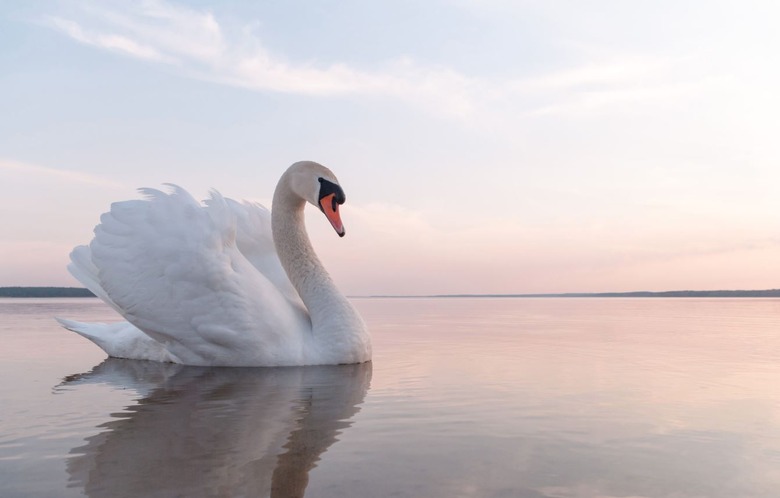You Won't Believe What The Pilgrims Actually Ate On Thanksgiving
When it comes time to set the Thanksgiving table, it's all about traditions, both familial and national. There has to be a turkey, there has to be cranberry sauce and stuffing, and for dessert there has to be a pumpkin pie. For many families, the meal also includes beloved family recipes, like grandma's Stromboli or lasagna. But amid all the gluttony, one question often gets overlooked: What exactly did the Pilgrims eat during the actual first Thanksgiving?
You Won't Believe What the Pilgrims Really Ate on Thanksgiving (Slideshow)
You might be surprised to learn that what the Pilgrims ate was documented in detail for posterity. While certain dishes were hinted at, the Pilgrims took rather detailed notes about what they ate during their harvest festival, and based on that information, along with a knowledge of flora and fauna native to the area, we have a pretty good idea of what was on their plates nearly 400 years ago.
First, a little bit of background. In September of 1620, a group of 102 religious separatists set off on a small ship (the Mayflower, of course) from Plymouth, England, and landed near Cape Cod 66 very uncomfortable days later. The next month they began setting up a colony further south, near Massachusetts Bay, still far north of their intended destination of modern-day New York City. Many colonists stayed on board the ship through the first brutal winter, and about half of them died. In March, those that remained moved ashore, where several days later they were met by a Pawtuxet Indian who had been earlier kidnapped by a sea captain, sold into slavery, escaped to London, then found his way back home on an exploratory expedition, learning English along the way. His name? Squanto.
Squanto was truly the Pilgrims' savior. He taught the malnourished settlers how to cultivate corn, catch fish, forage, extract maple sap, and avoid poisonous plants. He also brokered peace with the local Wampanoag tribe, and the resulting 50-year peace is one of the only examples of harmony between natives and settlers.
In the fall of 1621, the Plymouth colony's 53 English settlers decided to throw a party to celebrate their first successful corn harvest, and 90 native Wampanoag joined them. Governor William Bradford sent four men out to hunt birds, and the Wampanoag contributed five deer to the celebration, which actually lasted for three days. The exact date of the festival is unknown, but it most likely happened sometime between Sept. 21 and Nov. 9.
We know that the meal was very heavy on meat, but there was also a lot of seafood, plenty of vegetables, fruits, nuts, and breads and porridges. It really was an abundance of riches, a meal worth remembering on a yearly basis.
So click here to learn about what the Pilgrims really ate on Thanksgiving. It might even make you a little jealous!
